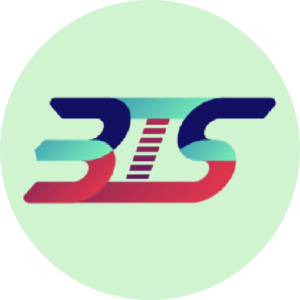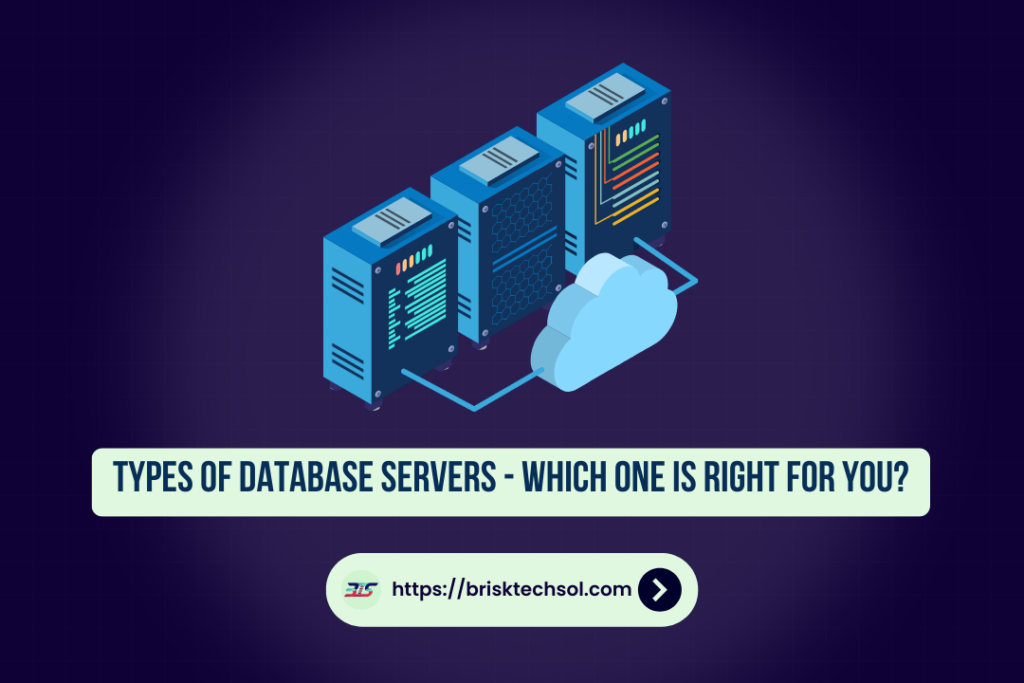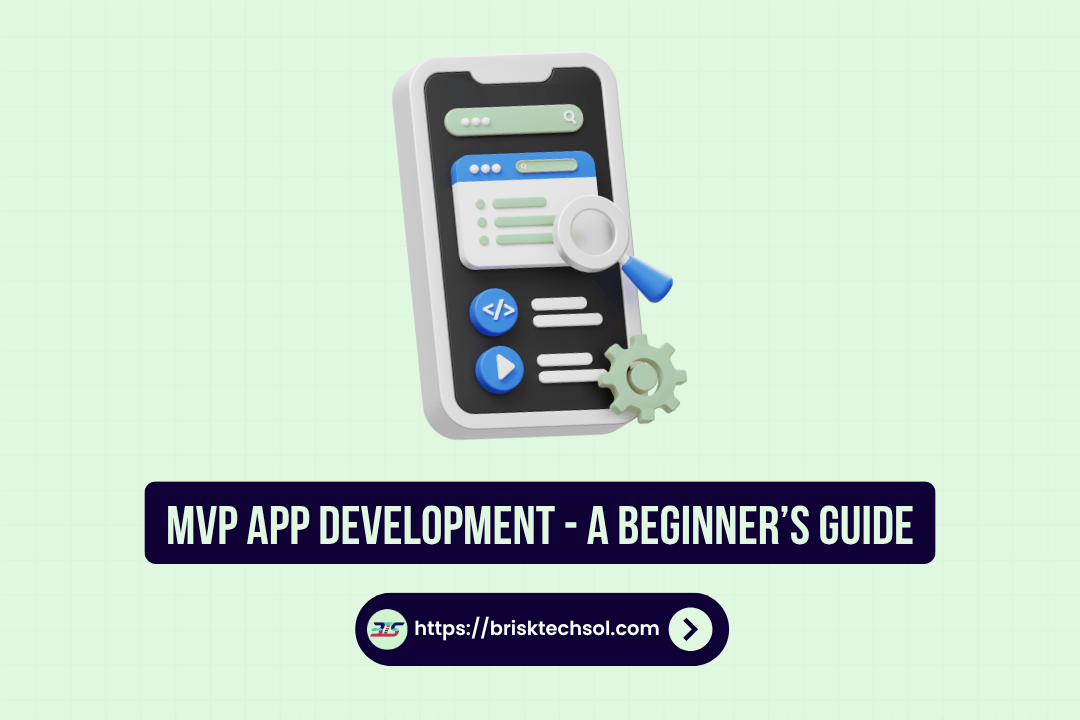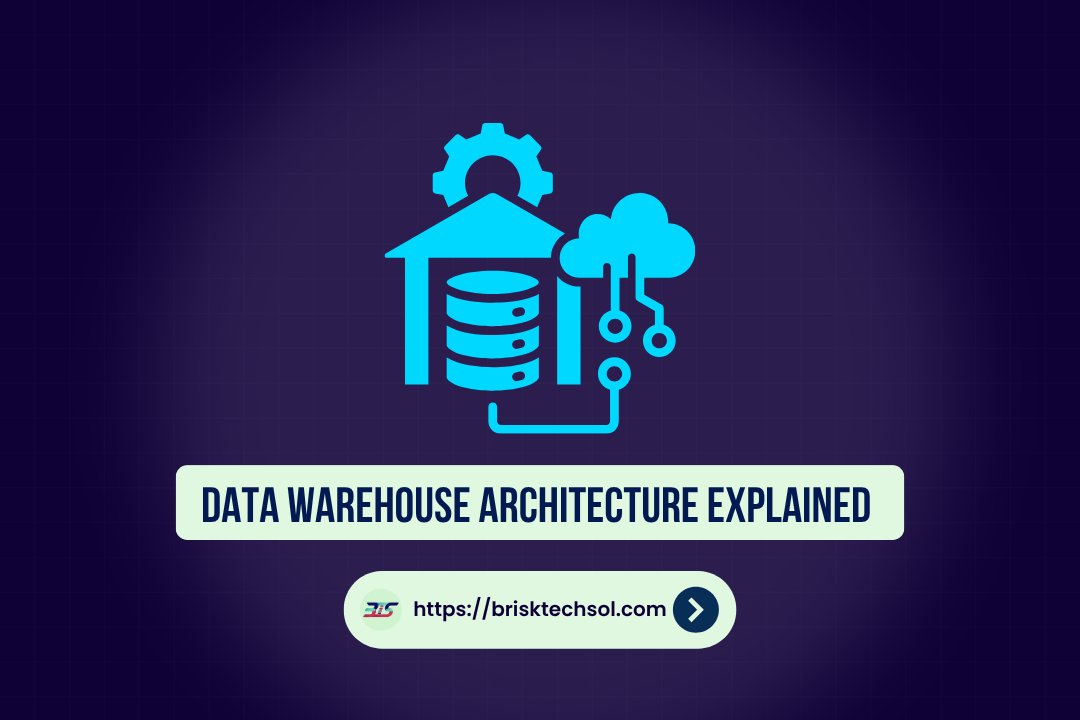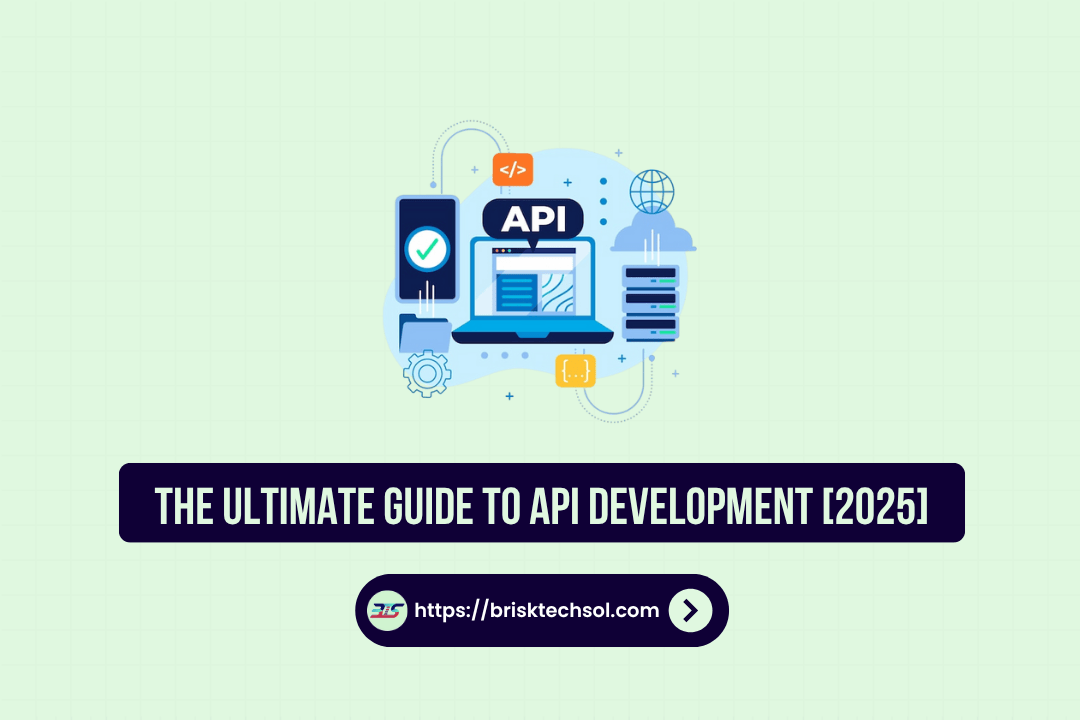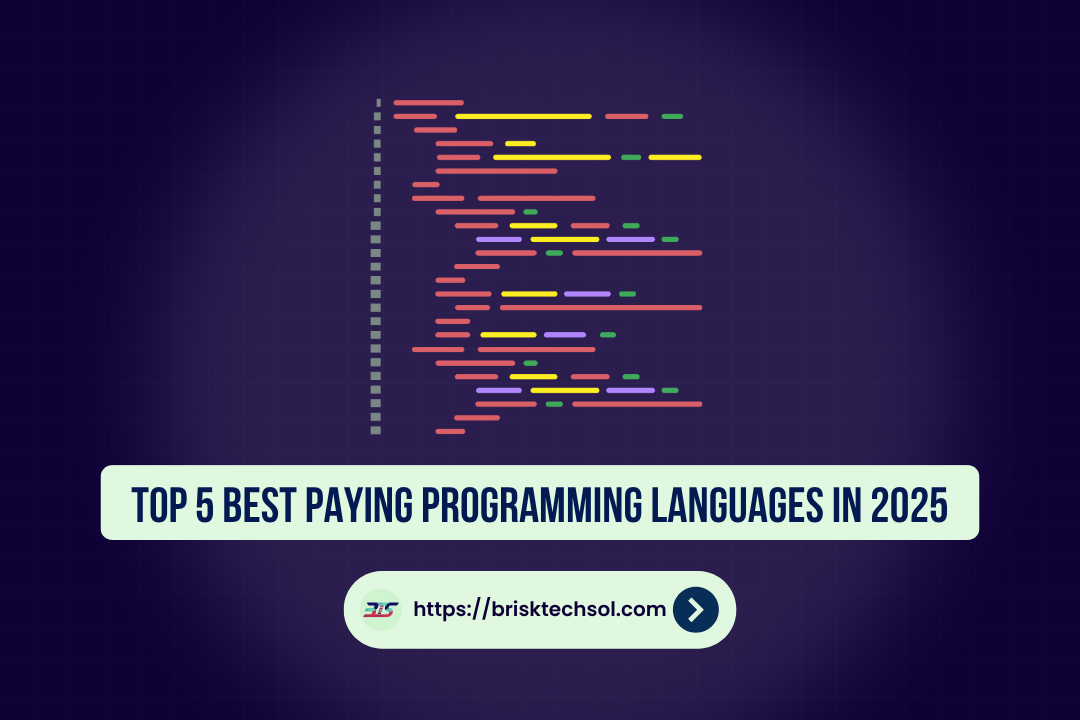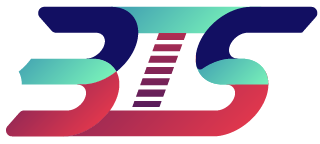In today’s data-driven world, selecting the right database server is critical for business success. This guide explores various types of database servers from traditional SQL to modern NoSQL and emerging NewSQL solutions. Whether you need high performance, robust security, or unparalleled scalability, understanding your options is the first step toward optimizing your data management strategy.
Understanding Database Servers
Database servers are the backbone of modern IT infrastructure, designed to efficiently store, manage, and retrieve data. Unlike traditional file storage, database management systems offer structured organization, robust security, and high-speed data access. Over the decades, these servers have evolved from simple storage solutions into sophisticated systems that support mission-critical applications across industries.
Historically, businesses relied on flat-file systems that provided limited data integrity and minimal support for concurrent access. As data volumes grew, the need for more structured solutions became apparent. This led to the development of relational database servers, which use Structured Query Language (SQL) to enforce data integrity through ACID (Atomicity, Consistency, Isolation, Durability) properties. Today, database servers not only manage traditional transactional data but also support big data applications, real-time analytics, and cloud-based environments.
Key benefits of modern database servers include improved data security, scalability, and performance optimization. They also support various architectures from centralized on-premise solutions to distributed cloud environments. As enterprises increasingly rely on data-driven decision-making, selecting the right database server becomes a strategic imperative.
A quick comparison table illustrates the evolution:
| Feature | Traditional Storage | Modern Database Servers |
|---|---|---|
| Data Integrity | Low | High (ACID compliance) |
| Scalability | Limited | Extensive (horizontal & vertical) |
| Performance | Variable | Optimized for speed |
This transformation in data management ensures that businesses can handle larger volumes of data while maintaining speed, reliability, and security. As we explore the different types of database servers, it becomes clear that understanding these systems is key to selecting the best option for your enterprise needs.
Types of Database Servers
Relational Database Servers
Relational database servers are built around the concept of structured data stored in tables with predefined relationships. They use SQL for querying and managing data, ensuring that transactions meet ACID properties. These databases are ideal for applications where data consistency, integrity, and reliability are paramount.
Key Features:
- Structured Data: Organized into rows and columns
- ACID Compliance: Guarantees transactional integrity
- Mature Ecosystem: Extensive support, tools, and community
Popular Platforms: - MySQL
- PostgreSQL
- Oracle Database
- Microsoft SQL Server
These platforms have long been the industry standard for enterprise applications, finance systems, and e-commerce due to their proven track record in reliability and performance.
NoSQL Database Servers
NoSQL databases emerged as a solution to the limitations of relational databases in handling unstructured data and scaling horizontally. They support various data models, including document-based, key-value, column-family, and graph databases.
Advantages of NoSQL:
- Flexibility: Handles unstructured and semi-structured data
- Scalability: Designed for horizontal scaling across distributed systems
- Speed: Optimized for rapid data retrieval and high-velocity workloads
Popular Platforms: - MongoDB (document-based)
- Cassandra (column-family)
- Redis (key-value)
- Neo4j (graph-based)
NoSQL systems are particularly well-suited for applications such as real-time analytics, social media platforms, and content management systems where speed and scalability are critical. They often trade off strict consistency in favor of eventual consistency (BASE properties), allowing them to handle large volumes of data and high traffic loads effectively.
NewSQL and Emerging Technologies
NewSQL databases represent a modern approach that combines the reliability of traditional relational databases with the scalability benefits of NoSQL systems. They offer robust transactional support while scaling horizontally, making them an excellent choice for high-growth applications.
Key Attributes:
- Hybrid Model: Balances ACID compliance with distributed architectures
- Performance: Optimized for high throughput and low latency
- Cloud-Native: Many are designed for deployment in cloud environments
Popular Platforms: - VoltDB
- CockroachDB
- Google Spanner
Emerging technologies in the database realm also include in-memory databases and serverless architectures. These innovations further enhance performance by reducing latency and allowing dynamic scaling based on demand. As data demands continue to grow, the need for systems that combine the best of both worlds will drive adoption across various industries.
The table below summarizes the primary differences:
| Type | Data Model | Scalability | Consistency Model | Example Platforms |
|---|---|---|---|---|
| Relational | Structured (SQL) | Vertical | ACID | MySQL, Oracle |
| NoSQL | Unstructured | Horizontal | BASE | MongoDB, Cassandra |
| NewSQL | Hybrid | Vertical & Horizontal | ACID/Hybrid | VoltDB, CockroachDB |
This diversity in database server types allows businesses to choose systems that best meet their unique requirements, balancing performance, consistency, and scalability based on specific use cases.
Key Features and Performance Metrics
Modern database servers are evaluated on several critical features and performance metrics. Among the most important are speed, reliability, scalability, and security. Performance metrics such as transactions per second (TPS), query response time, and uptime percentages provide measurable benchmarks for comparing different systems.
Core Features to Consider:
- Performance: Look for systems that can handle high TPS and deliver low latency even during peak loads.
- Reliability: Evaluate the system’s uptime and disaster recovery mechanisms.
- Scalability: Ensure the database can grow with your business, whether through vertical or horizontal scaling.
- Security: Consider features like encryption, access control, and compliance with industry standards (e.g., GDPR, HIPAA).
Performance Metrics Overview:
- Transactions Per Second (TPS): Indicates the number of transactions processed in a second.
- Query Response Time: Measures the speed at which queries are executed.
- Concurrency: The ability of the database to handle multiple simultaneous users or processes.
- Uptime: The percentage of time the database is operational, often expected to be 99.9% or higher in mission-critical applications.
For a practical view, consider this simplified performance table:
| Metric | Ideal Benchmark |
|---|---|
| TPS | 10,000+ (varies by workload) |
| Response Time | < 100 ms |
| Uptime | 99.9%+ |
| Concurrency | Supports hundreds/thousands of users |
Organizations often run benchmark studies to assess the performance of different database systems under simulated conditions. These tests help decision-makers understand which database best meets the specific needs of their applications.
Factors to Consider in Choosing a Database Server
Selecting the ideal database server involves analyzing multiple factors that directly impact your business operations. Here are some key considerations:
1. Scalability:
Determine whether your database needs to scale vertically (upgrading the existing server) or horizontally (adding more servers). For high-growth applications, horizontal scalability is crucial. Evaluate how well each system supports distributed architectures.
2. Security:
Data protection is paramount. Look for databases that offer robust encryption, regular security patches, and compliance with international standards. Consider additional features such as multi-factor authentication and detailed audit logs.
3. Cost:
Consider both initial investment and long-term operational costs. Licensing fees, maintenance expenses, and hardware costs vary widely. Cloud-based solutions might offer a pay-as-you-go model, whereas on-premise deployments may have higher upfront costs but lower recurring fees.
4. Performance Needs:
Assess the performance requirements based on your application’s workload. Evaluate metrics like transactions per second (TPS), query response time, and concurrency. Benchmark studies can provide comparative insights into how various systems perform under similar conditions.
5. Vendor Support and Community:
Robust vendor support can be crucial, especially for mission-critical applications. Look for a strong community and regular updates. Open-source solutions may offer community-driven support, while commercial products provide dedicated customer service.
6. Integration and Compatibility:
Ensure the database server integrates well with your existing IT infrastructure. Consider compatibility with popular programming languages, frameworks, and cloud platforms. Integration with tools for analytics, business intelligence, and monitoring is also essential.
7. Future-Proofing:
Technology evolves rapidly. Choose a database system that is not only robust today but also adaptable to future trends such as AI-driven analytics, serverless computing, and edge deployments.
A summary table for these factors might look like this:
| Factor | Considerations | Business Impact |
|---|---|---|
| Scalability | Vertical vs. horizontal, distributed systems | Supports growth and traffic |
| Security | Data encryption, compliance, audit logs | Ensures data protection |
| Cost | Licensing, maintenance, operational expenses | Affects ROI and budget |
| Performance | TPS, response time, concurrency | Direct impact on user experience |
| Vendor Support | Community, enterprise support, regular updates | Long-term reliability |
| Integration | Compatibility with existing systems and tools | Smooth IT ecosystem |
| Future-Proofing | Adaptability to emerging trends | Sustained performance over time |
By thoroughly evaluating these factors, organizations can make informed decisions that balance performance, cost, and long-term sustainability.
Conclusion
Choosing the right database server is a strategic decision that impacts performance, security, and scalability. By understanding the differences among relational, NoSQL, and NewSQL systems and considering your organization’s unique needs you can optimize data management and drive business success.
FAQ’S
Q1: What is a database server and why is it essential?
A database server is a dedicated system that stores, manages, and retrieves data efficiently. It ensures data integrity, high performance, and security, making it essential for mission-critical applications in businesses of all sizes.
Q2: What are the primary types of database servers available?
The main types include relational (SQL) databases, NoSQL databases, and emerging NewSQL systems. Each type is designed for specific workloads and data structures, from highly structured data to flexible, unstructured information.
Q3: How do I determine which database server is best for my business?
Evaluate factors such as scalability, performance, security, cost, and vendor support. Assess your workload requirements and future growth potential to choose a solution that aligns with your business objectives.
Q4: What are the differences between SQL and NoSQL databases?
SQL databases use structured query language and are ACID compliant, making them ideal for transactional data. NoSQL databases offer flexibility and scalability, often sacrificing strict consistency for performance in large-scale, real-time applications.
Q5: What future trends should businesses watch for in database technology?
Key trends include serverless architectures, AI-driven database optimization, edge computing, and cloud-native solutions. These advancements promise to enhance scalability, reduce costs, and improve overall performance.

